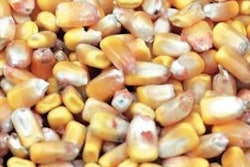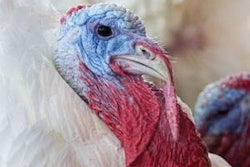With Danish exports of piglets on the rise again – to a new high of almost 7 million in 2009 – it is no surprise that increasingly strong doubts are being expressed about the country’s future as a producer of slaughter pigs. But Asger Krogsgaard insists that the doubters are wrong.
Mr Krogsgaard is the pig producer from western Denmark who became chairman last year of the food side at the newly formed Landbrug og Fødevarer (Danish Agriculture & Food Council). The council was created in 2009 from the merger of the Danish Meat Association with national organisations representing agriculture, with the aim of giving farming and food a single, more powerful voice in talking to the politicians. At the time of the merger, Mr Krogsgaard was already chairing the meat association and slaughterhouses co-op Danske Slagterier.
We asked him, is the future of Danish pig production to be only as a producer of piglets, for export to be grown and slaughtered in neighbouring countries? The forecast is often made for Europe that Germany’s future will be mainly as a finisher of pigs while Denmark, France, the Netherlands and perhaps Spain primarily produce piglets.
“Hopefully this will not happen for Denmark,” said Mr Krogsgaard, “even if it is a fact that the country over recent years has been seeing a substantial drop in its own slaughter-pig activities.”
There is a new national research project aimed at securing improvements in finisher management, after investigators decided that Danish producers typically paid most of their attention to the sow side and relatively little to growing-finishing. The hope is that the adoption of a more professional management approach in the finishing house will raise efficiency and profitability so that more piglets stay on Danish soil for the slaughter stage.
As Mr Krogsgaard reminds us, however, the big gap in competitiveness is reckoned to come after the farm gate. It arises because wage levels at abattoirs in Denmark are substantially higher than at plants across the border, in northern Germany.
“Our slaughterhouses are not efficient enough because of the rate of payment they make to their employees,” he declared. “It has been growing over the years and is now considerably more than in Germany.
“We want to keep slaughtering in Denmark. So we have set up a plan to increase the efficiency. We are discussing with the slaughterhouses how they can slaughter and process pigs as efficiently as the Germans do.
“I think, if the wages at the slaughterhouse can be worked out, we can become efficient again as slaughter pig producers in the long run so that Denmark is not only a piglet producer.”

















